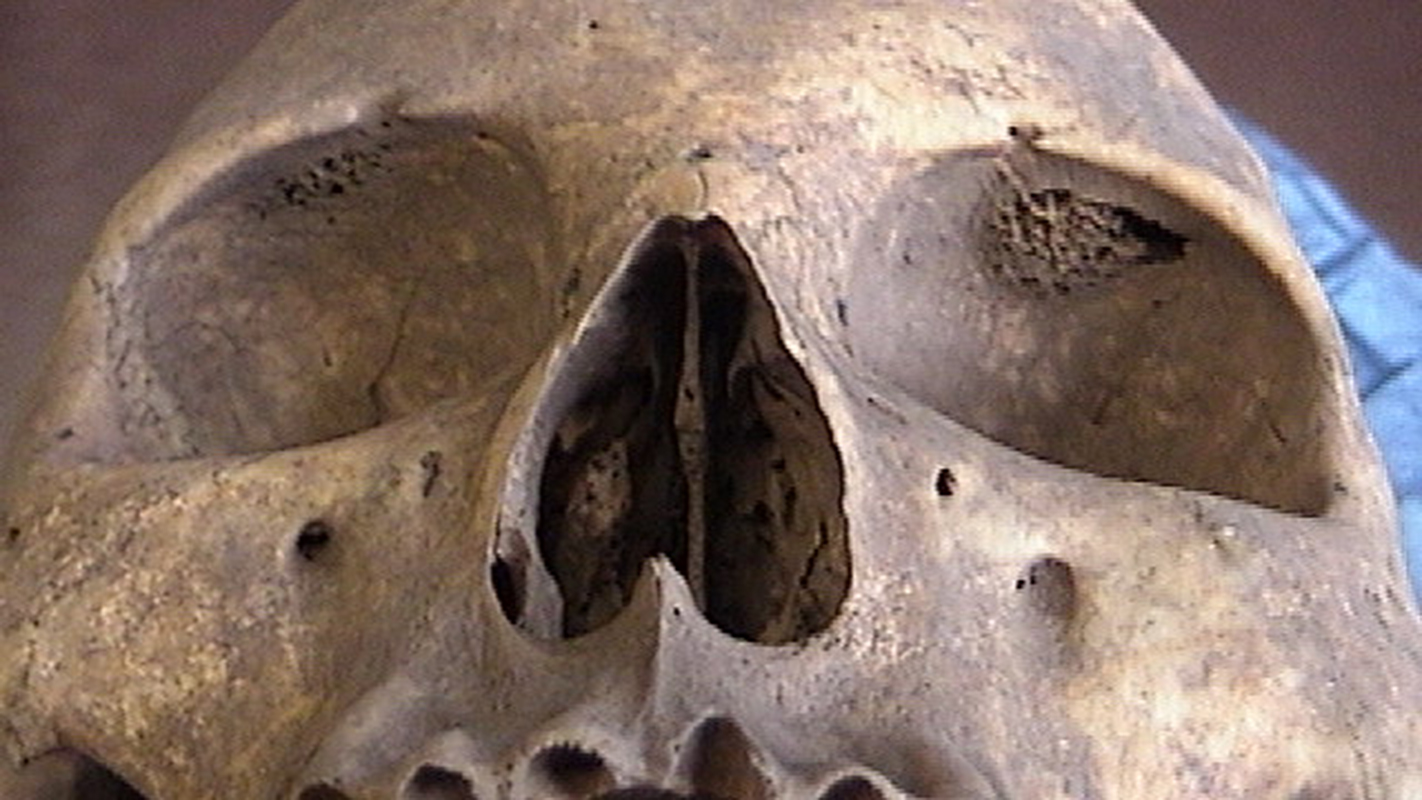Research Finds Skull Condition Thought Extinct Is Actually Widespread

For Immediate Release
Some forensic anthropologists thought the skull condition called cribra orbitalia (CO) was a thing of the past – but new research from North Carolina State University and the University of the Witwatersrand finds that it not only still exists, but is fairly common in both North America and South Africa.
CO is a condition in which the bone inside the eye sockets becomes porous. It is not known to cause any adverse health effects, but is generally regarded as being caused by iron deficiency anemia.
The condition has traditionally been used by anthropologists to assess diet and health in prehistoric populations. For example, the presence of CO could tell researchers that a population was not getting a sufficiently varied diet.
“But there’s been a lot of debate about the prevalence of CO in modern populations, with some saying it had effectively disappeared,” says Ann Ross, director of the Forensic Sciences Institute at NC State and co-author of a paper on the work. “We wanted to know if CO was still extant and, if so, how common it is in modern populations, relative to earlier eras.”
For this study, the researchers looked at modern, historic and prehistoric human remains from South Africa, North Carolina and the Western Hemisphere Database. Altogether, the researchers evaluated data on 844 skulls: 245 prehistoric, 381 historic (as recent as the early 20th century) and 218 modern.
Their findings were surprising.
The researchers found that CO was not only present in modern populations, but that it was not even uncommon.
For example, the researchers found that two of the five modern North American juvenile skulls evaluated in the study – 40 percent – had CO. And 15 of the 60 South African juveniles evaluated in the study – 25 percent – had CO.
“We thought we might see some CO, but not to the extent that we did,” Ross says. “The high rates may stem from the fact that these remains were part of forensic cases – there were often related to cases of homicide or neglect. These cases are not representative of health for all children.”
Overall, the researchers found that 12.35 percent of modern North Americans and 16.8 percent of modern South Africans, across all age groups, had CO.
Both rates are higher than their historic counterparts. Only 2.23 percent of historic South African skulls evaluated had CO, and only 6.25 percent of historic North American skulls. Even the prehistoric North American skulls had a lower rate of CO, at 11.86 percent.
“We think the increased prevalence of CO in the modern skulls may be due to intestinal parasites in some populations and iron-poor diet,” Ross says.
“These findings drive home the fact that disadvantaged socioeconomic groups, and parts of the developing world, are still struggling with access to adequate nutrition,” Ross adds. “Corn may give people a full belly, but it’s not going to give people all of the nutrients they need to be healthy.”
The paper, “Cribra Orbitalia: Prevalence in Contemporary Populations,” is published online in the journal Clinical Anatomy. Lead author of the paper is Maryna Steyn of the University of the Witwatersrand. The paper was co-authored by Deona Botha of Witwatersrand and Sarah Voeller, a former graduate student at NC State.
-shipman-
Note to Editors: The study abstract follows.
“Cribra Orbitalia: Prevalence in Contemporary Populations”
Authors: Maryna Steyn and Deona Botha, University of the Witwatersrand; Sarah Voeller and Ann H. Ross, North Carolina State University
Published: May 2016, Clinical Anatomy
DOI: 10.1002/ca.22734
Abstract: The prevalence of cribra orbitalia (CO) is often used as an indicator of the general health status of past populations. Although debates as to its exact etiology are still ongoing, cribra is generally accepted to be the result of an anemic condition. Cribra has been reported to be declining in modern populations or even be absent. The aim of this study was to compare modern, historic and prehistoric prevalences of CO to assess whether it has changed through time and if it still occurs in contemporary populations. CO in skeletons (n= 844) from two widely different regions, the northeastern US and the central Gauteng area of South Africa, were compared in order to evaluate temporal trends. The sample comprised of 245 prehistoric, 381 historic and 218 modern skeletons. In adult skeletons the prevalence was found to be lower in historic South Africans (2.23%) than in historic North Americans (6.25%). It was lower in modern North Americans than in modern South Africans (12.35% and 16.8%, respectively). Its prevalence in prehistoric North Americans (11.86%) was also not much different from that of modern North Americans (12.35%). The frequency of CO in historic South African juveniles was higher (10.71%) than in historic North American juveniles (1.35%). Modern South African children had a lower frequency (25.14%) than modern American juveniles (40%), although the sample in the North American group was small. It seems that CO is still present in modern populations, and that health may indeed have declined for some groups in recent times.
- Categories:


